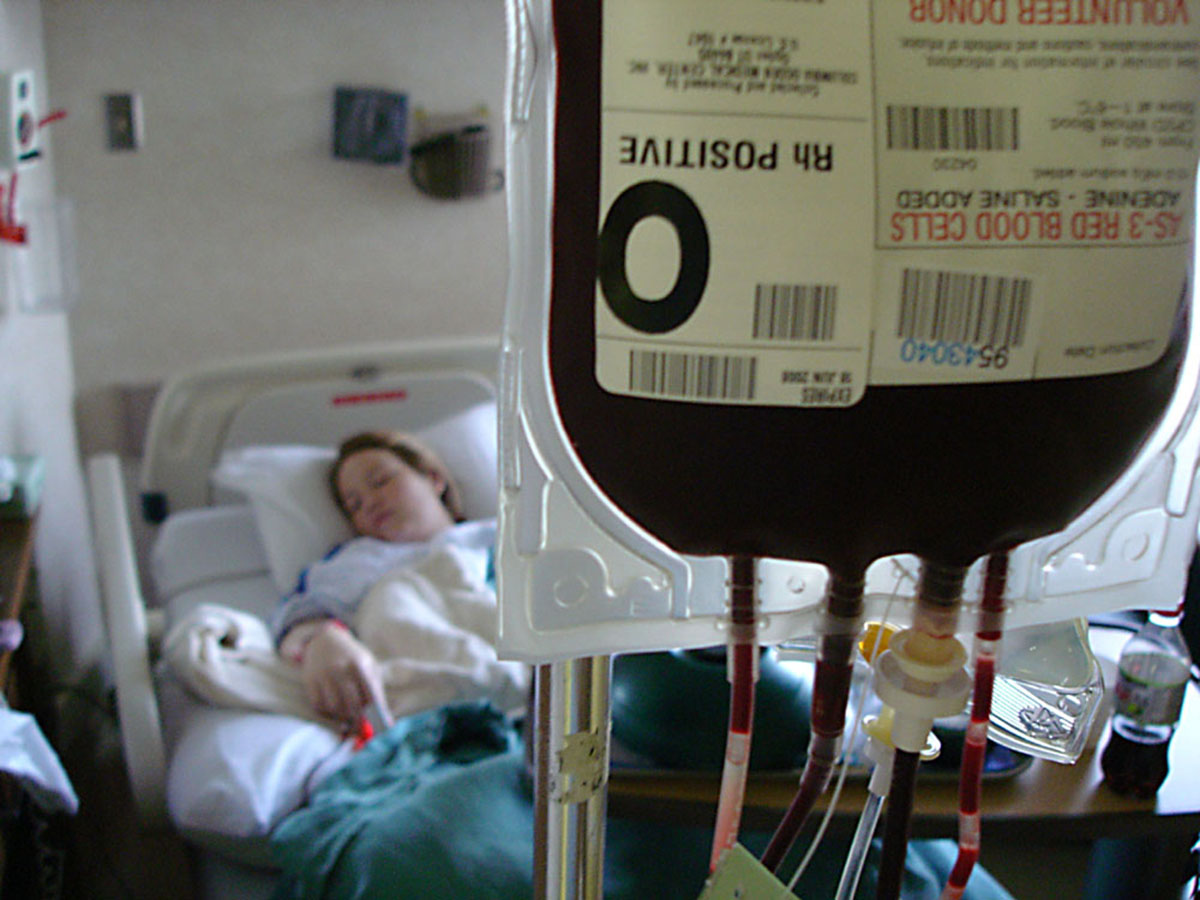Table of Contents
Most of the complications of thalassemia are directly or indirectly related to the deposition of excess iron in the body.
Iron Overload
Most patients with thalassemia ultimately get an overload of iron in their body. This overload is either due to the disease itself or due to frequent blood transfusions. When you give a pack of blood to a patient, it also means that you are giving them a pack of iron. This iron ultimately gets deposited in the various organs of the body and results in a condition called secondary hemochromatosis. The deposits of iron mostly cause damage to the heart, liver and endocrine glands. That is why adequate iron chelation therapy is necessary in these patients along with blood transfusions, otherwise patients with beta thalassemia accumulate potentially fatal levels of iron in their body.

Heart Problems
Abnormal heart rhythms and congestive heart failure are associated with severe thalassemia. Mostly, these conditions are due to excessive iron deposition on the heart tissue. The patients are intolerant to exercise and even a mild exertion can cause heart problems.
Endocrinopathies
Due to iron deposition on the pancreas the patients may get diabetes. There is also a chance of thyroid gland and adrenal gland disorders.
Management Of Thalassemia
Management of thalassemia depends on the form and severity of the disease. Thalassemia traits and minor forms of thalassemia usually do not require any treatment.
This is a real challenge for young patients and their parents. Imagine someone being told that their four year old child will need regular blood transfusions for the rest of their life. In developed countries, blood banks are well established and they can provide blood regularly. But in developing countries, parents need to arrange a blood donor regularly to buy a few more months for their child. Unfortunately, thalassemia is much more common in developing countries.
In addition to transfusion, the patients also get iron chelation therapy to remove excess iron from their body. Drugs used for chelation include defuroxime, deferasirox and deferiprone.
Bone marrow transplant provides the last hope to these patients. It has a success rate of 80 to 90 percent but it is associated with limitations like finding a perfect match and transplant rejection.
READ Thrombotic thrombocytopenic purpura (TTP): a rare Blood Disorder
To prevent thalassemia in children, premarital and prenatal screening to detect the carriers of thalassemia trait should be done specially in regions where thalassemia is very common. Awareness should also be raised for blood donations in those areas.
- Photo courtesy of GreenFlames09 via Flickr: www.flickr.com/photos/greenflames09/74296336
- Photo courtesy of GreenFlames09 via Flickr: www.flickr.com/photos/greenflames09/74296336
- Photo courtesy of makelessnoise via Flickr: www.flickr.com/photos/makelessnoise/2562431372
- Photo courtesy of makelessnoise via Flickr: www.flickr.com/photos/makelessnoise/2562431372


Your thoughts on this